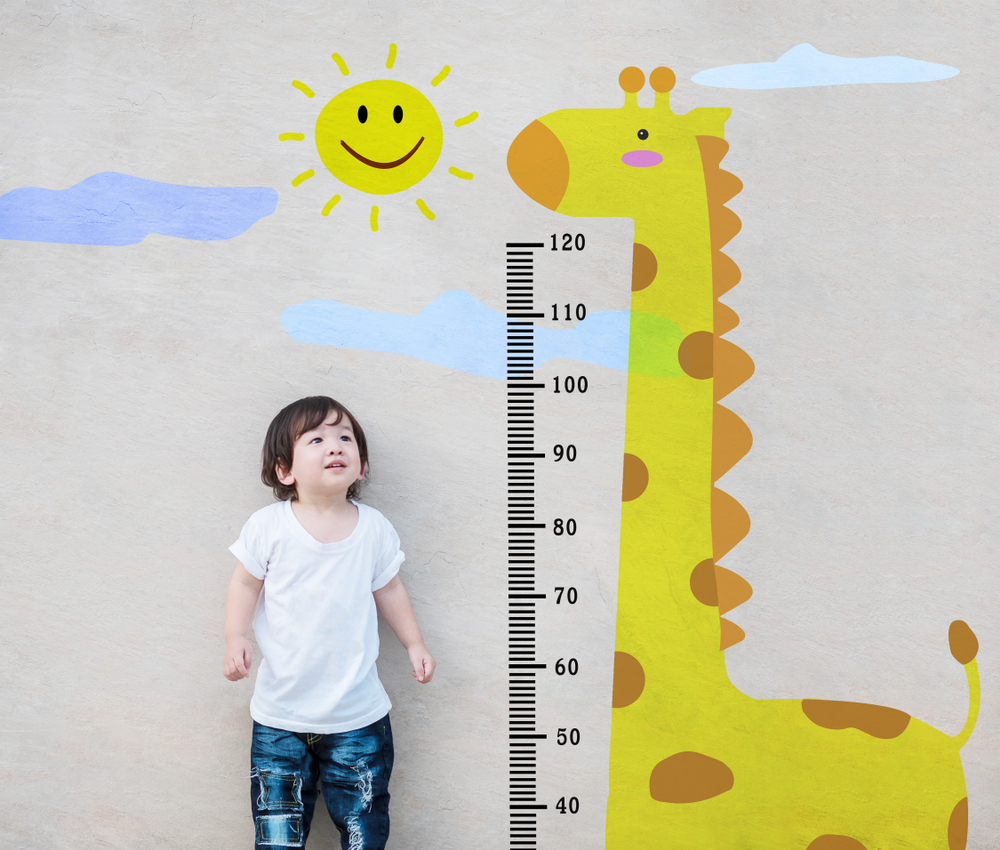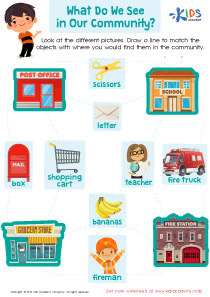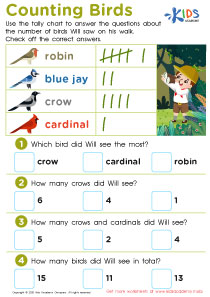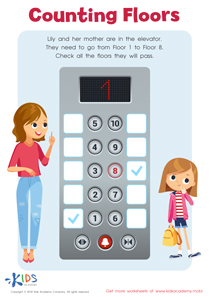Comparing lengths Extra Challenge Measurement Worksheets for Ages 3-5
3 filtered results
-
From - To
Discover our "Comparing Lengths Extra Challenge Measurement Worksheets" specifically designed for children aged 3-5. These engaging worksheets offer young learners the opportunity to explore measurement concepts through fun activities that encourage critical thinking and problem-solving. With a focus on comparing lengths, kids can enhance their understanding of size differences while developing fine motor skills. Each worksheet is tailored to capture the curiosity of young minds, making learning about measurement exciting and interactive. Perfect for at-home learning or classroom use, these extra challenge sheets nurture a foundational grasp of math concepts while sparking a love for learning! Download now and watch them thrive!
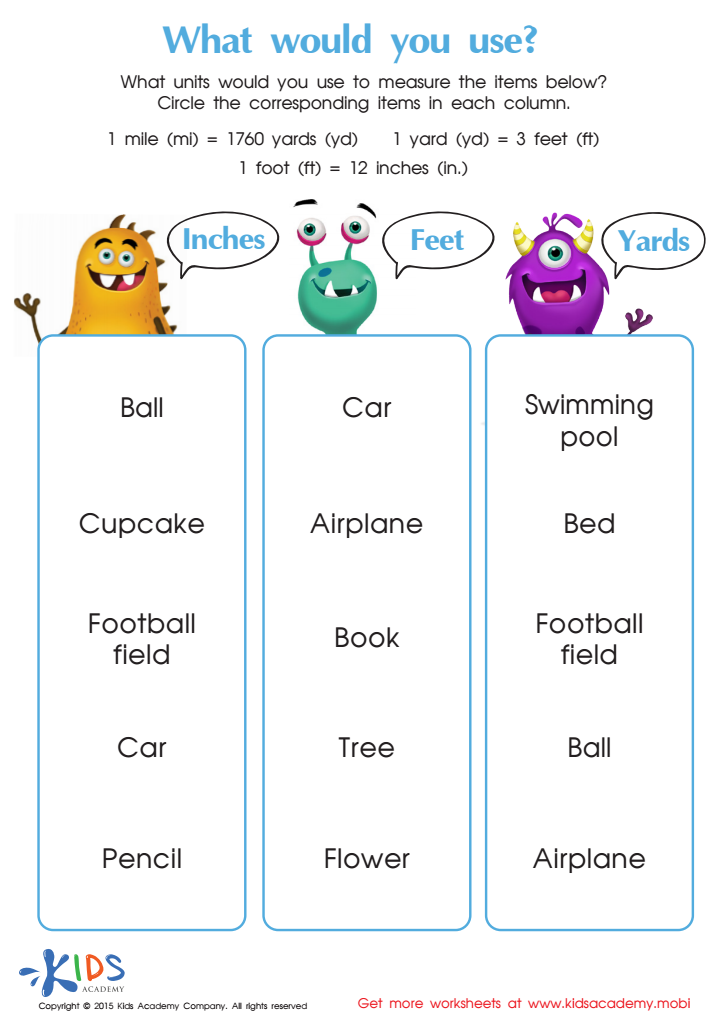

Learning about measuring objects in inches, feet and yards Worksheet


Length Word Problems Worksheet
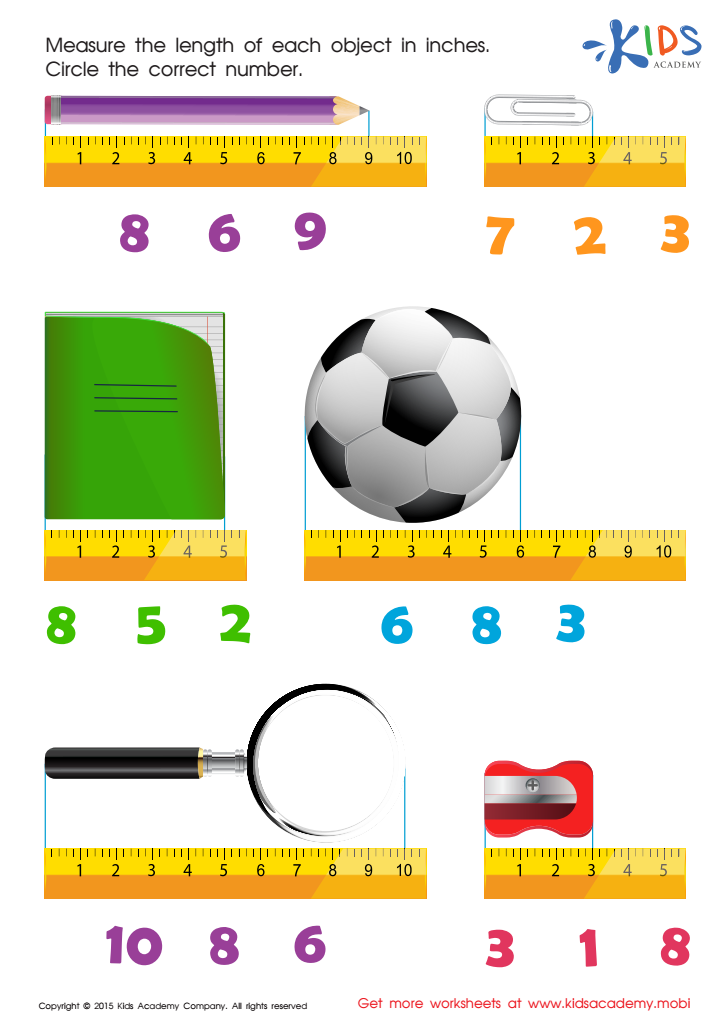

Learning measuring objects in inches Worksheet
Comparing lengths is a foundational skill that plays a crucial role in early childhood development, particularly for children aged 3-5. Parents and teachers should prioritize this concept as it lays the groundwork for more complex mathematical thinking and problem-solving abilities. Understanding length comparison enhances children's spatial awareness and helps them develop critical observational skills.
Engaging children in activities that involve comparing lengths encourages hands-on learning and real-world application. Through measuring and comparing objects, children not only practice counting but also learn to communicate their observations. This interactive process fosters language development and vocabulary expansion as they describe and discuss their measurements.
Furthermore, comparing lengths cultivates logical reasoning skills. Kids begin to grasp relationships between objects, advancing their ability to perform future mathematical tasks such as addition and subtraction. It also prepares them for geometry concepts as they progress.
Incorporating length comparison into everyday play encourages a sense of curiosity and exploration. This playful learning experience allows children to feel confident in their abilities and promotes a positive attitude towards mathematics. By caring about activities like these, parents and teachers can inspire children's lifelong learning journeys, ultimately fostering a love for math that extends beyond the classroom.
 Assign to My Students
Assign to My Students





